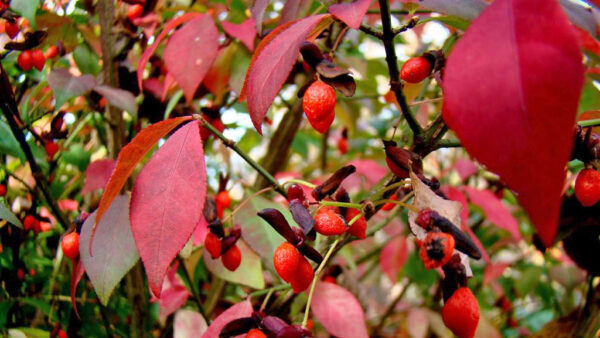Three Smart Tips to Keep Your Lawn Lush and Green – Even in the Dog Days of Summer

In the hot, dry, dog days of summer, we’re always asked for the best ways to keep lawns green and lush. While we do have a few tips, trust me – there’s no secret sauce or complex algorithm to keeping your grass healthy. It’s all about doing the best you can to stay ahead of the sun and heat! That said, here are some simple steps you can take, some of which you may not have considered before:
- Don’t water your lawn more often, but do water it longer. Your lawn should be well-soaked, but that doesn’t mean you need to water it twice a day, or even every single day. In our opinion, every other day is optimal. As for how much you should water, according to the smart folks at Bayer Advanced, “a very general rule of thumb is to provide lawns with 1 to 1.5 inches of water per week, from irrigation or rainfall. A good way to check moisture penetration is to probe the soil with a screwdriver or similar object.”
As an alternative to the screwdriver test, if you’re not sure how much water your sprinkler delivers in a single watering, try placing tuna cans in various spots on your lawn to see how much water they catch. In 15-30 minutes, you should be able to get the watering you need, depending on the size of your lawn and the efficiency of your sprinkler of course!
One additional tip – don’t water at high noon. 12:00-2:00pm is the hottest part of the day in our neck of the woods, and watering within those hours pretty much guarantees that a good portion of your H2O will simply evaporate. Consider soaking the lawn before you head out in the morning instead.
- Don’t Scalp Your Grass. Resist the temptation to mow your lawn into the perfect putting green. Leaving some length in your lawn actually keeps it greener – and inhibits crabgrass growth. The experts at Toro note that “if a lawn is cut too short, it reduces the plants’ ability to produce energy for growth. When cut at the proper height, however, grass develops stronger roots that support more vigorous plants that are more tolerant of stress.”Trey Rogers at Bottom Line adds that “the more often you mow—and the less grass you remove with each mowing—the thicker and healthier your lawn is likely to become. If the grass gets so long that you can’t get it down to proper length in one mowing, wait a day or two and mow again.”
- Fungus Among Us? Treat it. While most people won’t need a fungicide, those in pursuit of the perfect lawn may want a preventative spray to keep molds and disease away. Generally, we would consider a fungicide if we see a pattern of disease, or any of these “high risk” markers like full sun exposure, an irrigation system, or a lack of air circulation. Two or three preventative applications in the spring will effectively prevent springtime diseases like red thread, and even summertime ailments like dollar spot and patch diseases.
In most cases, depending on the circumstances, curative applications are effective in dealing with disease-related problems. That said, often the best solution is simply to wait for the peak of summer to pass, and reseed in the cooler, early days of fall.
Got any questions about making your lawn the greenest lushest it can be this time of year? Contact us today for a consultation.
Latest Posts
The Best Deer-Resistant Flowers, Trees, and Shrubs for Connecticut Gardens
If you love gardening but struggle with deer destroying your plants, you’re not alone. Many homeowners in the northeast face the challenge of keeping their…
Invasive Plants in Connecticut: Why do they matter and what can we do about them?
The recent wildfires in California were horrific and devastating to homeowners and the economy. Many of the factors leading to this tragedy were beyond prevention:…
Watch Our Video: Reducing Mosquitoes with In2Care Traps
Nobody likes mosquitoes. They’re kind of the worst, aren’t they? Besides the annoying, itchy bites, they can also carry diseases like Dengue and Zika. But…
Maintain a Beautiful, Healthy Lawn Free Of Pests
Contact us today for a free consultation and find out how Connecticut Green can make your lawn healthier and more vibrant!



